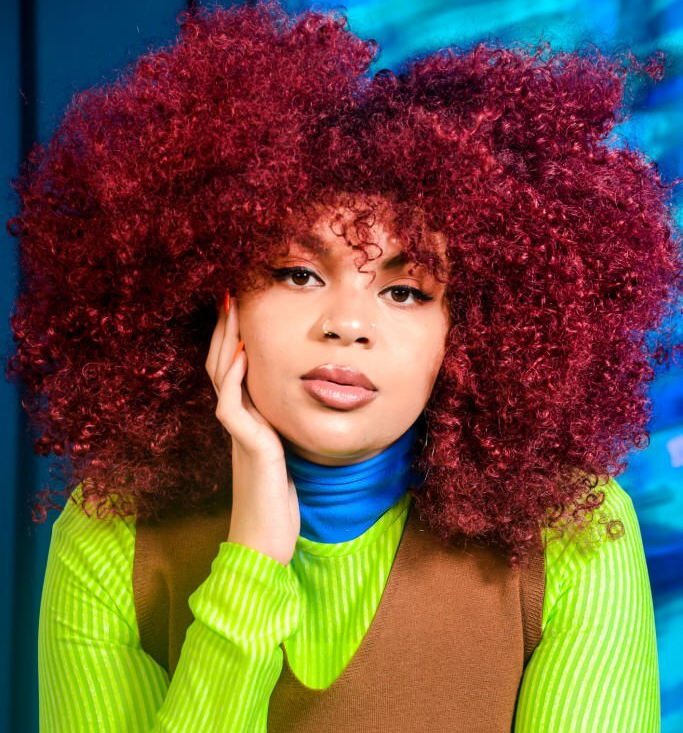In the ever-evolving world of influencer marketing, staying ahead of the curve means understanding the nuances between microtrends and megatrends. These two distinct forces shape the preferences of both influencers and their audiences. As the landscape evolves, brands must learn to navigate these trends to build effective and resonant influencer campaigns. In this article, we’ll explore the differences between microtrends and megatrends, and how they impact influencer preferences.
Microtrends: The Power of Niche
Microtrends are small-scale, specialized shifts in consumer behavior or preferences. These trends often emerge within specific communities or subcultures. Microtrends resonate with niche audiences seeking content that aligns precisely with their interests. In the influencer space, microtrends have led to the rise of niche influencers who cater to highly engaged audiences.
The Appeal of Microtrends for Influencers:
Authenticity: Microtrends allow influencers to authentically connect with their followers who share their passions, resulting in deeper engagement.
Expertise: Niche influencers are perceived as experts in their fields, making their recommendations and insights more valuable to their audiences.
Community: Microtrends create tight-knit communities where followers feel a sense of belonging and shared identity.
The Challenge for Brands:
Microtrends can be challenging for brands to identify and engage with due to their limited scope. However, when aligned with the right microtrend, brands can tap into highly engaged, passionate audiences.
Megatrends: The Bigger Picture
Megatrends are broader, long-term shifts that shape society and influence consumer behavior on a larger scale. These trends have the potential to impact various industries and markets. An example of a megatrend is sustainability, which has led to changes in consumer preferences across different sectors.
The Appeal of Megatrends for Influencers:
Relevance: Megatrends touch a wide range of audiences, making influencers’ content relatable to a broader follower base.
Visibility: Aligning with megatrends can boost influencers’ visibility and credibility as they become thought leaders in popular topics.
Adaptability: Megatrends allow influencers to diversify their content and cater to evolving audience interests.
The Challenge for Brands:
Brands need to carefully align their messages with megatrends to avoid being seen as opportunistic. Authenticity remains crucial, as consumers are quick to recognize inauthentic endorsements.
Navigating the Balance
To create effective influencer campaigns, brands must navigate the balance between microtrends and megatrends:
Target Audience: Understand your target audience’s preferences and interests. Are they drawn to specialized, niche content, or do they align with broader societal shifts?
Influencer Selection: Choose influencers who align with either microtrends or megatrends, depending on your campaign goals.
Authenticity: Regardless of the trend’s scale, authenticity remains paramount. Influencers should genuinely connect with the trend they are endorsing.
Storytelling: Craft compelling narratives that integrate the trend seamlessly, whether it’s a niche passion or a widespread concern.
Longevity: Consider whether the trend is fleeting (microtrend) or likely to persist (megatrend). This impacts the sustainability of your campaign message.
Conclusion
Microtrends and megatrends hold unique power in shaping influencer preferences and audience engagement. Niche influencers cater to specific passions, while broader trends create thought leaders and align with mass audiences. By understanding the nuances between these trends and effectively navigating their influence, brands can forge authentic connections with influencers and audiences alike. In the ever-changing world of influencer marketing, a strategic blend of microtrends and megatrends can lead to impactful and resonant campaigns.



